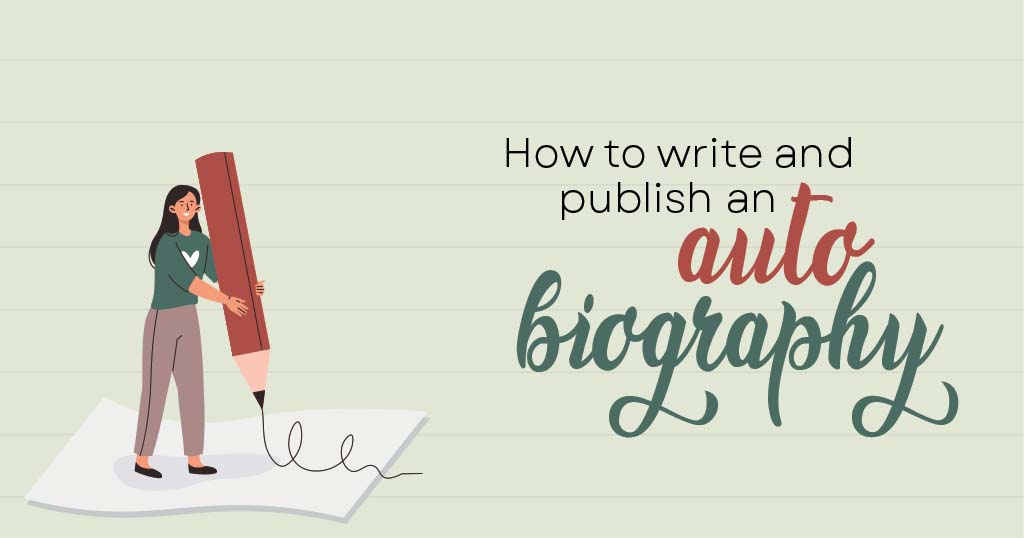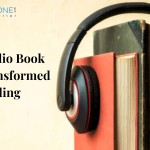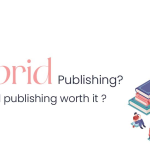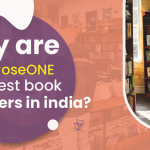Introduction: The human experience is a tapestry of memories, emotions, and journeys that shape us into who we are. Your life story is a unique thread in this intricate weave, and capturing it in an autobiography can be a transformative and rewarding endeavour. In this blog post, we will explore the steps to writing and publishing your autobiography, allowing you to share your experiences, wisdom, and lessons with the world.
You may also read: What is Situational Irony? Definition, Examples and Tips for Writers
How to write an Autobiography?
The art of writing an autobiography offers a remarkable opportunity to reflect on your life’s journey, capturing cherished memories, pivotal moments, and personal growth. This guide will walk you through the process of crafting an engaging and authentic autobiography that resonates with readers. From selecting a theme to shaping your narrative, we’ll cover essential steps with illustrative examples to inspire and guide you.
- Choose a Theme or Focus: Start by deciding on the overarching theme or focus of your autobiography. This could be a specific period of your life, a particular achievement, a central challenge you’ve overcome, or your journey to self-discovery. Defining a theme will provide structure and coherence to your narrative.
Example: If you’ve experienced a transformative career change, your theme could be “From Engineer to Artist: My Journey of Creative Exploration.” - Outline Your Story: Create a rough outline that highlights the major milestones, experiences, and emotions you want to include. Organise these events chronologically or thematically, ensuring a logical flow that engages readers from start to finish.
Example: Outline key moments such as your childhood, educational pursuits, career transitions, and personal achievements. - Find Your Unique Voice: Your autobiography should reflect your authentic voice and personality. Write as if you’re having a conversation with a close friend, infusing your narrative with your thoughts, feelings, and insights.
Example: Instead of saying “I achieved many accolades in my career,” try “My heart swelled with pride as I stood on that stage, clutching my first professional award.” - Show, Don’t Just Tell: Create vivid scenes by using descriptive language and sensory details to immerse readers in your experiences. Paint a picture with your words, allowing readers to visualise the moments you’re sharing.
Example: Instead of stating “I felt nervous,” describe “My palms turned clammy, and my heart raced like a wild stallion as I stepped onto the stage.” - Embrace Vulnerability: Openly share your triumphs, challenges, and vulnerabilities. Authenticity creates a connection with readers, enabling them to relate to your experiences and emotions.
Example: Share not just your successes but also the setbacks you faced along your journey, like the time you failed a crucial exam or struggled with self-doubt. - Use Dialogue and Anecdotes: Incorporate dialogue and anecdotes to make your narrative come alive. These elements add depth and authenticity, allowing readers to engage with the characters and situations you’re describing.
Example: Instead of summarising a family gathering, include a snippet of dialogue that captures the essence of the moment, such as a heartwarming conversation between you and your grandparents. - Reflect on Lessons Learned: Throughout your autobiography, reflect on the lessons you’ve learned from various experiences. Share your insights, personal growth, and how each event shaped your perspective.
Example: After narrating your struggles with self-confidence, reflect on how those challenges taught you the importance of self-acceptance and resilience. - Craft a Strong Opening: Begin your autobiography with a compelling and intriguing opening that captures readers’ attention. A powerful start will entice them to delve further into your story.
Example: Instead of starting with “I was born on a sunny day,” try “As the first rays of sunlight streamed through the hospital window, I took my first breath, setting the stage for the journey ahead.” - Maintain a Consistent Tone: Whether your tone is reflective, humorous, or heartfelt, maintain consistency throughout your narrative. A consistent tone creates coherence and helps readers connect with your story.
Example: If you adopt a humorous tone in recounting your college escapades, maintain that humour in subsequent chapters. - Edit and revise: After completing your initial draft, take time to edit and revise your work. Look for clarity, grammar, punctuation, and overall flow. Consider seeking feedback from trusted friends or writing groups to gain fresh perspectives.
How to publish an Autobiography?
Writing an autobiography is a deeply personal and rewarding journey, but the process doesn’t end with crafting your narrative. Once you’ve poured your memories, experiences, and reflections onto the pages, the next step is to share your story with the world. In this guide, we’ll explore the various routes to publishing your autobiography and provide valuable insights into each option.
I. Selecting a Publishing Route: One of the first decisions you’ll need to make is how you want to publish your autobiography. There are two primary routes: traditional publishing and self-publishing. Each has its own advantages and considerations.
Traditional Publishing: Traditional publishing involves submitting your manuscript to literary agents or publishing houses. If accepted, you’ll benefit from their experience, expertise, and wider distribution channels. However, this route is highly competitive and can take time.
Pros:
- Professional support from editors, designers, and marketers
- Wider distribution through established networks
- Potential for greater recognition and credibility.
Cons:
- Lengthy submission and review process.
- Limited creative control over the final product.
- Royalties may be lower compared to self-publishing.
Self-Publishing: Self-publishing empowers you to bring your autobiography to market independently. Platforms like Amazon Kindle Direct Publishing (KDP), Smashwords, and others have made self-publishing accessible to authors worldwide.
Pros:
- Full creative control over content, cover design, and formatting.
- Quicker publication process.
- Higher royalty rates.
Cons:
- Responsibility for marketing and promotion.
- May require investment in cover design, editing, and formatting.
You may also read: 5 Act Structure: Definition, Examples and More
Distribution may require extra effort.
II. Designing a Captivating Cover: If you choose the self-publishing route, designing an engaging cover is vital. The cover is the first impression your book makes on potential readers, so invest time and resources in creating a design that visually conveys the essence of your story. It should resonate with your target audience and reflect the themes and emotions captured in your autobiography.
III. Formatting and Layout: Whether you’re going the traditional or self-publishing route, formatting and layout play a crucial role in the professionalism of your book. Proper formatting ensures that your text is easy to read and visually appealing. If you’re unfamiliar with formatting, consider hiring a professional or using available templates to achieve a polished result.
IV. Marketing and Promotion: No matter how well-written your autobiography is, it won’t find its audience without effective marketing and promotion. Develop an author website or blog to showcase your work and connect with readers. Engage on social media platforms where your target audience is active. Consider hosting book launches, virtual author events, and interviews to generate buzz around your book.
V. Distribution Strategies: For self-published authors, distribution is a critical aspect. You’ll want to make your autobiography available to readers through various channels. Consider the following options:
- E-books: Publish your autobiography as an e-book on platforms like Amazon KDP, Apple Books, and Smashwords. E-books offer readers convenience and accessibility.
- Print-on-Demand (POD): Platforms like KDP and IngramSpark allow you to offer physical copies of your book without the need for large print runs. This saves costs and ensures that books are printed as they’re ordered.
- Physical Copies: If you opt for a traditional publisher, they will handle the distribution of physical copies to bookstores and libraries.
You may also like: How to Publish a Book? | Publish Your Book | BlueRoseOne
Publishing your autobiography is the culmination of your journey from introspection to sharing. The route you choose, be it traditional publishing or self-publishing, should align with your goals, preferences, and resources. With a captivating cover, polished formatting, strategic marketing, and effective distribution, you’ll ensure that your autobiography reaches the hands and hearts of readers who will appreciate and connect with your story. Your life’s narrative has the power to inspire, educate, and touch lives—so take the leap and share your unique journey with the world.
















